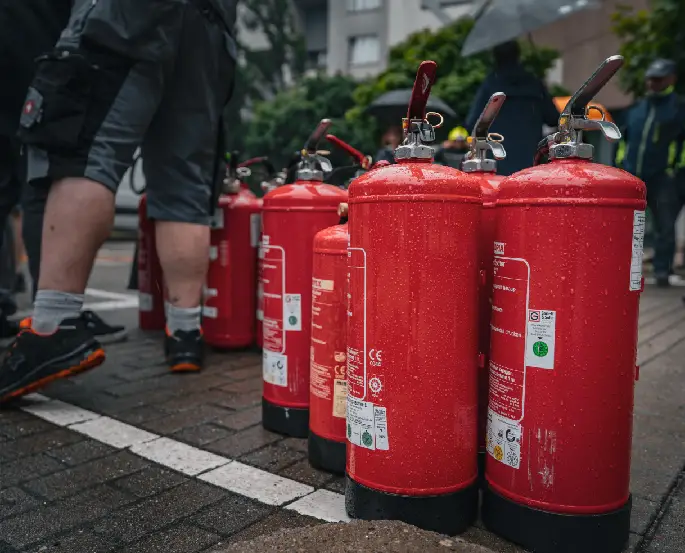


State Building Code
Compliance with the current State Building Code and DIN 4102 fire protection standards—which were revised in 1993 and again in 2002—is essential. In practice, however, these requirements do not always apply in full. Especially in existing buildings, fire protection is typically divided into two categories: measures necessary to avert specific hazards and grandfathered (protected) existing conditions. This means that if an existing building is considered fire-safe and was constructed in accordance with the regulations valid at that time, the previously approved standards are generally sufficient, and the building benefits from grandfathered status.
Retrofitting
If this is not the case, required fire protection measures must be retrofitted. In addition, the classification system for building requirements has changed in recent years. Since the amendment to the building code in 1993, buildings are categorized based on the height of the highest occupied room above ground level, rather than by four building types determined by the number of storeys. As a result, public buildings and tall urban residential buildings are now often subject to more stringent requirements than before. Detached buildings with up to two full storeys and up to two units previously had no fire protection requirements above the basement—similar to today’s Building Class 1. Today, however, the basement must meet fire resistance class F 30.

Row buildings of identical size were consistently constructed with fire resistance class F 30, similar to today’s Building Class 2. For buildings with three to five full storeys, F 90 fire-resistant walls and F 30 ceilings were considered sufficient. This construction method led to many buildings with timber ceilings—some even built to considerable heights. From today’s perspective, these structures are considered more problematic. Buildings with more than five full storeys were already required to meet F 90 fire resistance around the year 1900. These buildings generally pose fewer challenges today because the fundamental safety intentions remain unchanged, even if the detailed technical requirements have evolved.